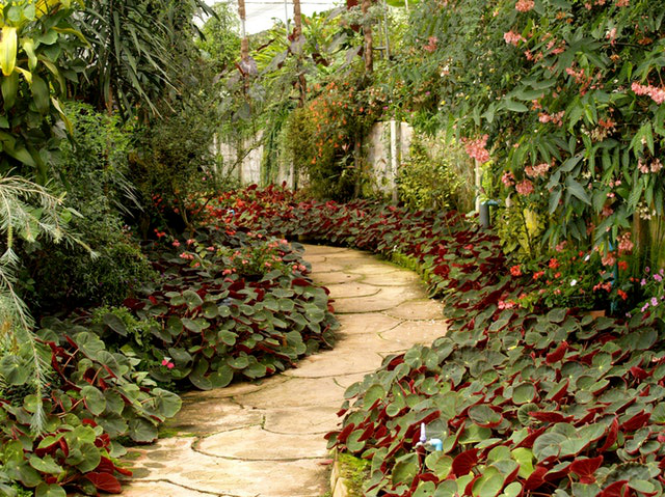
On hot and dry summer days, a major concern among people who live in at-risk environments is a sudden bushfire. Fortunately, there are a number of landscaping design strategies to ensure the area’s fire safety. One such landscaping design strategy that helps ensure fire safety in the area is the selection of plants that can help prevent fire from spreading. That said, another sensible strategy is avoiding plants that help in the spread of a bushfire.
Recognizing the plants that can put the property at even greater risk of bushfire require that you think just like a fire does. A fire that lasts long and grows wide is one with a lot of fuel. Oxygen is a fuel for fire. The second fuel for a fire is combustible material.
That said, the plants you need to avoid in order to keep the garden fire-safe are as follows:
Three Plant Categories that Must Be Avoided to Keep the Garden Fire-Safe
1. Plants which can accumulate dead materials.
Bushfires can race quickly through a landscape that’s filled with fallen twigs, needles, leaves, dry grass, and dead plants. In the garden, avoid plants which have the following characteristics: frequent leaf drop, peeling bark, or a tendency to dieback.
It’s important to be very attentive to maintenance, which helps prevent a plant from becoming a fire hazard. For instance, a twiggy perennial makes for an outstanding drought-tolerant plant and isn’t much of a fire risk if properly maintained. Without proper maintenance, most woody perennials risk suffering from dieback, usually hidden amongst a green, leafy exterior. A dead and twiggy interior on a plant is highly flammable but fortunately, is preventable with frequent cutting back.
Ornamental grasses are dangerous since many go through a dormancy stage, a stage which sees grass blades turning golden and dry, during the middle to the later parts of summer and autumn—seasons with high risk of fires. In a fire-prone region, ornamental grass must be kept cut back, or not planted at all. You should also mow all wild grasses that border the property so as to prevent the spread of fire.
2. Plants with lots of resin or oil.
If you ever have tossed a pine log covered with sap into a fire, you probably know how fire responds to resin. Fire not only burns quickly through wood rich in resin, these also cause burned wood to pop and make sparks fly—which can make the fire larger. Thus, you should never plant those plants which have lots of resin, oil, or gum in areas prone to fire.
If there are conifers or pines growing in the yard, be sure that they are properly maintained. One good maintenance step you can do is regular pruning and sweeping up of fallen needles. In order to prevent the spread of a fire, it’s not advised that conifers be planted within distance of a structure.
3. Plants without much moisture in their leaves.
Plants whose leaves have a lot of moisture are slow to ignite, while plants that do not have a lot of water in their leaves quickly ignite. Usually, deciduous trees have more moisture in their leaves compared to evergreens and a number of small-leafed trees.
The hollow bamboo stems as well as dry leaves can quickly ignite should a fire start. As such, bamboo should be kept away from structures, or avoided altogether, in places where fire risk is high. For trees, shrubs, and bamboo, make it a habit to pick their leaves up to prevent a buildup of combustible material.
The eucalyptus tree is a fire hazard in three ways. This plant accumulates dead material, every part contains resins, and its leaves aren’t rich in moisture. It’s best to avoid having too many Eucalyptus trees close to your home if you live in a first prone area.
Maintenance is the Key to Achieving a Fire-Safe Garden
Many plant types can quickly burst into flames if not maintained properly. However, it’s possible to reduce the risk of fire if it’s properly watered and pruned on a regular basis. If your residence is located in an area at risk of fire, make sure to regularly do garden chores such as cutting down dead branches, keeping grass and certain woody perennials trimmed, as well as sweeping up fallen needles and leaves. If a fire warning is set in your area, make sure that every plant is given a deep watering, preferably by rainwater that has been stored in an underdeck tank.
What Must Be Planted Instead?
Choose those plants with lots of water as well as a number of low-risk shrubs, perennials, and trees, and you can be sure that fire will not spread through a landscape. Of course, this is provided that maintenance is done, and that the plants are planted in safe zones.



Leave A Comment